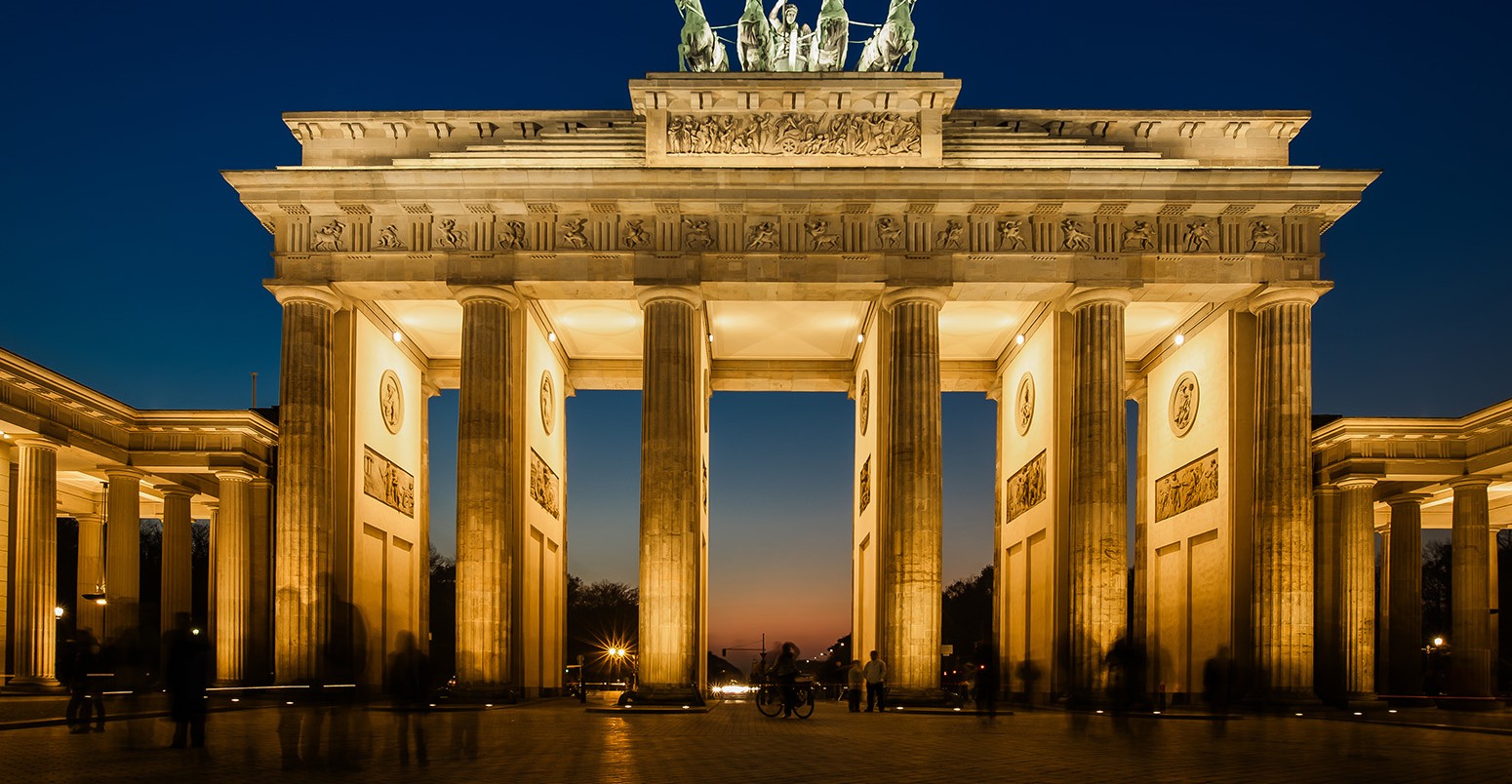
Germany makes slow but steady progress towards ambitious climate goals
Mat Hope
01.07.15Mat Hope
07.01.2015 | 1:10pmIn 2010, Germany set out a range of ambitious policies to cut emissions and decarbonise its energy sector. Four years on, new figures show the programme, known as the Energiewende or ‘energy transition’, is making slow but steady progress.
It has not been easy. Earlier this year, there was speculation that Germany might abandon its emissions reduction target as it struggled to cut coal use.
It didn’t. Instead, the government unveiled a new, refreshed climate action plan laying out some changes to the programme.
Thinktank Agora Energiewende* has compiled new figures showing that while Germany’s direction of travel is clear, reforms are vital if the country is going to hit its climate goals.
Incremental progress
Perhaps the most striking thing about the figures is how gradual the changes to Germany’s energy sector appear on an annual basis. Most power sources only increased or decreased electricity production by a single per cent in the past year.
But there are a few important differences between now and twelve months ago.
This year was the first time renewable sources produced more electricity than lignite power plants, which burn a particularly carbon-intensive type of coal. Wind, solar, hydropower and biomass power plants combined produced over a quarter of Germany’s electricity in 2014.
Source: Agora Energiewende, State of Affairs 2014
But coal power plants burning lignite and more efficient hard coal still accounted for the majority of Germany’s electricity generation – about 43 per cent. That’s one per cent less than a year before.
Gas power continued its slow decline, providing less than 10 per cent of the country’s electricity in 2014. Nuclear power generation also fell 0.4 per cent over the last twelve months, as Germany continues towards its goal of phasing out the power source by 2022.
While these changes seem relatively small in isolation, they add up to quite a lot over time. This chart shows how Germany’s electricity mix has changed since the Energiewende began in 2010:
Source: Agora Energiewende, State of Affairs 2014
The direction of travel seems pretty clear.
Since 2010, renewables have provided 52.6 additional terawatt hours of electricity to Germany’s grid. Such advances are expected to continue as Germany adds new renewable capacity.
From 2010 to 2013, coal power generation also increased, however, by 19.7 terawatt hours. That was partly down to the government’s decision to phase out nuclear power, but also due to cheap coal crowding out gas generation.
But in 2014, coal power decreased by 12 terawatt hours. That suggests that while coal enjoyed a short-term spike after the Energiewende’s introduction, the government’s policies are starting to curb its rise.
Everything else, apart from electricity ‘flows’, or exports, has decreased consistently since 2010.
Targets
Such changes mean Germany is on track to hit some of its Energiewende goals, but will need to do more to hit others.
Germany aims to get 35 per cent of its electricity from renewable sources by 2020, and 80 per cent by 2050. The 25 per cent share renewables achieved in 2014 puts Germany well on track to hit that goal, as this chart shows:
Likewise, renewables’ increased share combined with slight falls in gas and coal generation in 2014 helped Germany’s power-sector emissions to fall for the first time in four years, as this chart shows:
Source: Agora Energiewende, State of Affairs 2014
But while the sector’s emissions are falling, they are not declining quickly enough to hit Germany’s goal of reducing the country’s overall emissions by 40 per cent by 2020. To hit that target, Germany needs to cut an additional 62 to 78 million tonnes of carbon dioxide across the economy by the end of the decade.
To try and ensure this happens, the German government unveiled a new climate action plan at the end of 2014.
Under the plan, the German government will set a cap on the power sector’s emissions. It will then invite companies to sort out how they will cut emissions among themselves, trading permits as they go. The plan would effectively create a new emissions trading market within Germany’s energy sector, sitting alongside the struggling EU emissions trading scheme.
The government hopes the reforms will be enough to curb coal power generation and cut Germany’s emissions at a faster pace. Campaigners say the reforms don’t go far enough, however, and are calling for the government to commit to a complete coal phase-out.
The government has yet to agree the plan’s specifics. Today’s figures showing coal still reigns in Germany, even if renewables are increasingly challenging its dominance, should give politicians the incentive to hammer out the details as quickly as possible in the new year.
Main image: The floodlit Brandenburg Gate in Berlin, Germany, with a few fleeting shadows of anonymous Berliner’s.
*Agora Energiewende is partly funded by the same organisation as Carbon Brief, the European Climate Foundation.

